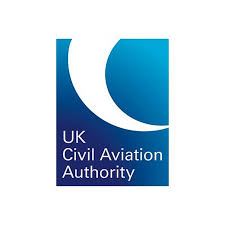Linear Actuators
Repairing airplane linear actuators entails several processes, depending on the exact issue at hand. Here’s a high-level overview:
1. Visual Inspection:
The first step is to inspect the actuator visually. This includes searching for outward symptoms of damage such as leaks, deformation, or corrosion. Any visible anomalies can be an indication of interior problems.
2. Disassembly:
The actuator is disassembled after a visual check. This is done with extreme caution to avoid damage to parts and to keep track of all components for reassembly.
3. Internal Inspection:
After the internal parts have been disassembled, they are inspected for wear, damage, and contamination. Parts such as pistons, cylinders, gears, seals, electric motor or hydraulic/pneumatic components, sensors, and other internal parts are checked.
4. Cleaning:
All parts are carefully cleaned after examination. This step is critical for eliminating any dirt or pollutants that could interfere with the actuator’s operation. Specialized solvents or ultrasonic cleaning devices are typically used to clean the parts.
5. Repair or Replacement:
Any broken or worn parts are either repaired or replaced. Seals, O-rings, and other wear-prone elements are typically replaced as a matter of course. If mechanical parts are broken or worn, they may be repaired, although they are usually replaced to ensure reliability.
6. Reassembly:
The actuator is reassembled after all of the parts have been cleaned and any necessary repairs have been done. This must be done carefully to ensure that all elements are properly positioned and that the actuator functions properly.
7. Testing:
After reassembling the actuator, it is checked to ensure that it is working properly. This normally entails inspecting the actuator for leaks, testing it under load, and ensuring that it responds correctly to control inputs.
8. Documentation:
All steps of the repair process are documented, including the original inspection, any repairs or replacements, and the results of final testing. This information is critical for keeping the aircraft’s maintenance records up to date.
This is a typical procedure that may differ depending on the type and complexity of the linear actuator.




